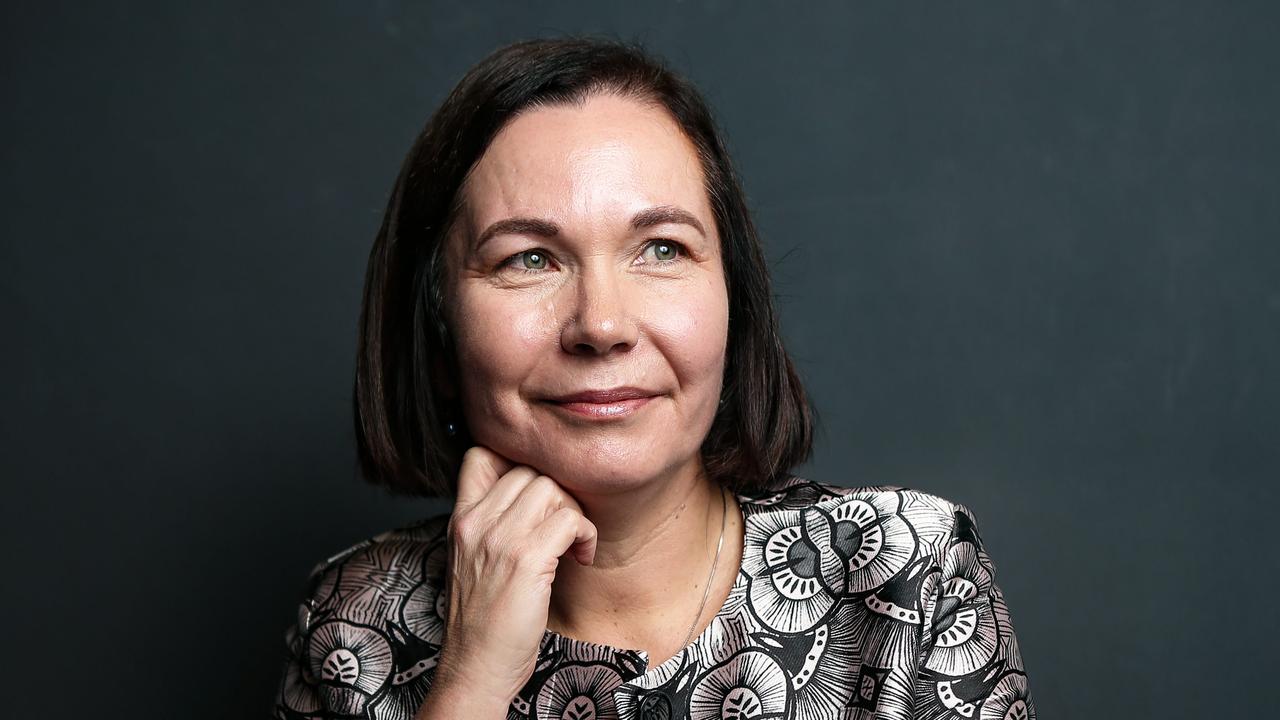Nauru locked in, now hard work begins
THERE'S a shortage of land, insufficient water and the Australian government is not sure its own staff can be housed on Nauru.

THERE'S a shortage of land, insufficient water and the Australian government is not sure its own staff can be housed on Nauru to reopen the Howard-era detention centres.
Immigration Minister Chris Bowen has been warned that the government could breach its duty of care and face criminal prosecution if it were to pack in the number of boatpeople held on Nauru last time around.
And the weather won't help, with the wet season due to start in November and run to March, adding another layer of complexity to the $2 billion job of bringing the disused camps back into service.
These are just some of the impediments to the government's quick fix on asylum-seekers, as identified by an infrastructure report on Nauru in January to Mr Bowen. If all goes to plan, the compounds known as State House and Topside would take five months to be refurbished to be able to accommodate up to 750 asylum-seekers, at a cost of $1.994bn over four years.
In the interim, Australian soldiers would set up a tent city for 500 people, including staff, with basic amenities such as pit toilets and bucket showers.
Former detention centre guard Rick Daoe, who set up his own security business after the camps closed in 2008, yesterday welcomed the work they would bring if re-established. "It would be good for Nauru," he said.
Neither of the camps that operated on Nauru during the Howard government's Pacific Solution would be available for "immediate use", the departmental review found. It said the best approach would be to focus on the larger site, State House, which is closer to Nauru's main settled area.
About 9000 people live on Nauru. State House is on a sun-blasted plateau in the interior of the reef-fringed island, a speck in the Coral Sea eight hours' flight from Australia's east coast.
It is a forlorn place, where thirsty shoots of grass and weeds push through the rocky soil.
At this time of year, in the build-up to the wet season, there is no respite from the tropical heat and humidity.
Since the asylum-seekers were moved on, the site has been given over to a primary school, a women's refuge, government offices and warehousing.
However, the existing kitchen arrangements would not meet food-handling certification, January's report to Mr Bowen warned. "The current cooking area is under an unvented iron roof with no walls and very basic floor," it said. "This issue could be resolved by installing a temporary kitchen. The kitchen is currently cooking meals for the hospital, so other arrangements would need to be negotiated."
On the positive side, the existing buildings were in better shape than those of the second site, Topside, where metal-skinned huts lay windowless and stripped bare. State House has running water, power and a waste-water treatment plant. A mothballed generator could be pressed back into service to power the camp.
Previously, up to 1500 people had been held at State House and 600 at Topside. However, this was based on four people sharing a 9sq m room, which had caused tensions among them. New workplace safety legislation imposed a higher duty of care on the government, the report warned.
If reopened, the camps would accommodate people two to a room of about 14sq m, cutting the maximum capacity to about 250 at Topside and 500 at State House once additional buildings were transported to Nauru.
Accommodating the staff would also "pose an issue", the report said. Accommodation on Nauru was limited and the Menen Hotel had not been maintained. "It appears most of the handrails are in a dangerous condition, having rotted or rusted out ... Unsafe wiring was observed."
The island's annual rainfall was only 1000mm, and additional water tanks would be needed, along with at least one new reverse-osmosis water-treatment plant. Neither camp site had a fire suppression system, hydrants or fire hose reels.
Operating them to the previous capacity would require more space and the land did not appear to be available on the 21sq km island.
"It is difficult to see how larger numbers could be accommodated ... other than moving to high accommodation density (four per room)," the report to Mr Bowen said. "Experience in operating in crowded Christmas Island conditions suggests this density would inject significant tensions.
"This density would be contrary to Australian immigration detention standards, which are not enforceable at law. However, with Australian workers involved it is likely that Australian regulatory authorities (including Comcare) could find breaches in duty of care if the centres were operated at such high-risk levels, leading possibly to criminal actions for breaches of duty."





